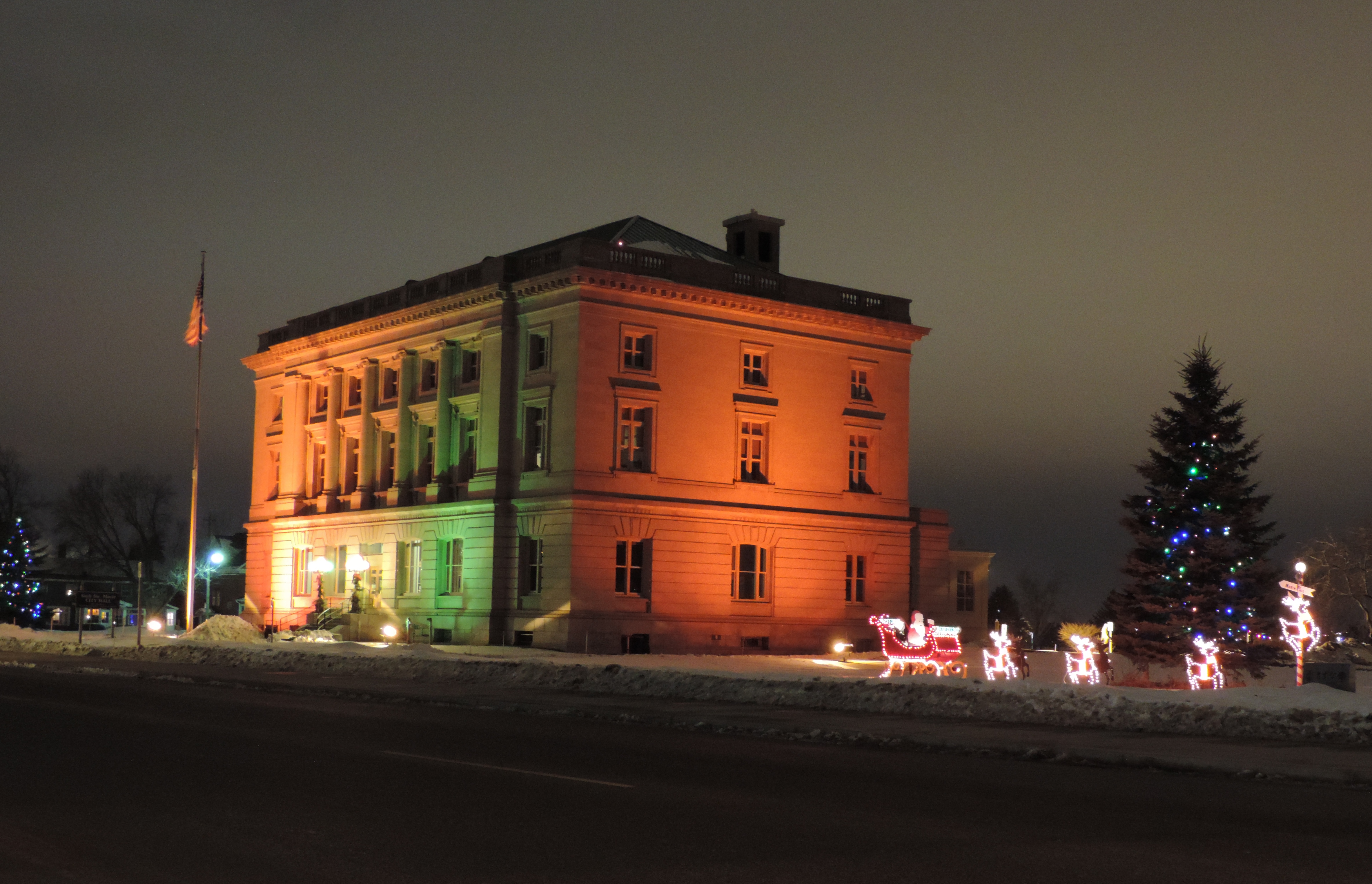The city of Sault Ste. Marie was established in 1668 by Jesuit missionaries and since then has become a destination filled with historical significance. As the weather begins to cool, the trees shed their leaves and snow begins to fall, take a trip to Sault Ste. Marie to discover the stories that lie within these six historical sites.
Jump to a site…
Holy Name of Mary Pro-Cathedral (St. Mary’s)

The Holy Name of Mary Pro-Cathedral was originally built in 1668 by French Jesuit missionaries. The current cathedral was constructed in 1881, making it the fifth church building since the original structure. This historic structure is located on Portage Avenue next to the Tower of History and believe it or not, the church originally built the Tower of History. Learn more about the history of St. Mary’s here.
The Soo Locks

The Soo Locks remain open rain or shine from March 25 until Jan. 25. Photo courtesy of the United States Army Corps of Engineers.
The first part of the Soo Locks was completed in 1855 by Michigan’s state government (the State Lock.) The lock was controlled by the state until the 1870s when the federal government took over and expanded the complex. The rest, as they say, is history. Learn about the six subsequent locks that were built by visiting the historic site or reading here. The Soo Locks Park is open nearly year-round and is a fantastic spot to watch boats from March 25 until January 15.
Fort Brady

Constructed in 1822 by General Hugh Brady, Fort Brady once sat along the bank of the St. Marys River. This year-round destination is located in downtown Sault Ste. Marie along Historic Water Street. The original fort is gone, but a replica 12-foot picket fence still stands in Brady Park to give visitors a visual of the fort’s walls. Make sure to take a stroll up Water Street and read all of the educational pedestals along the walkway to learn more about Sault Ste. Marie’s origins.

In 1892, Fort Brady built new developments up on “the Hill” (Easterday Avenue) and granted its land on the St. Marys River to the federal government for the Soo Locks. Does Brady Hall sound familiar to you? That’s because Lake Superior State University was once the “new” Fort Brady. Many of the officer housing units still stand and are in use on the campus. Learn more about the rich history here.
Chippewa County Courthouse + Statues

The Chippewa County Courthouse was built in 1877 and is a fine historic building. However, far more accessible than these hallowed halls of law are the wonderful statues on the front lawn. Located just four blocks from the Soo Locks, the pair of statues were given to the city by Governor Chase Osborn’s widow, Stella B. Osborn. Osborn was the only governor of Michigan from the Upper Peninsula and he also lived in the Soo for a time! The “Crane of the Sault” and the “Wolf of Rome” are both located on the north lawn on Maple Street. For more information about the statues and their story visit here.

Just east of downtown Sault Ste. Marie, you can revel in the amazing architecture of the former Federal Building, now current-day City Hall (and home to us – the Sault Convention & Visitors Bureau!) Built in 1920, this historic building served as the post office and as a headquarters for federal government operations in Sault Ste. Marie. During the restoration, efforts were made to keep the building looking as it had when it was built 100 years prior. Stop by and visit us at 225 E. Portage Ave., and check out the beautiful public areas of this building.






